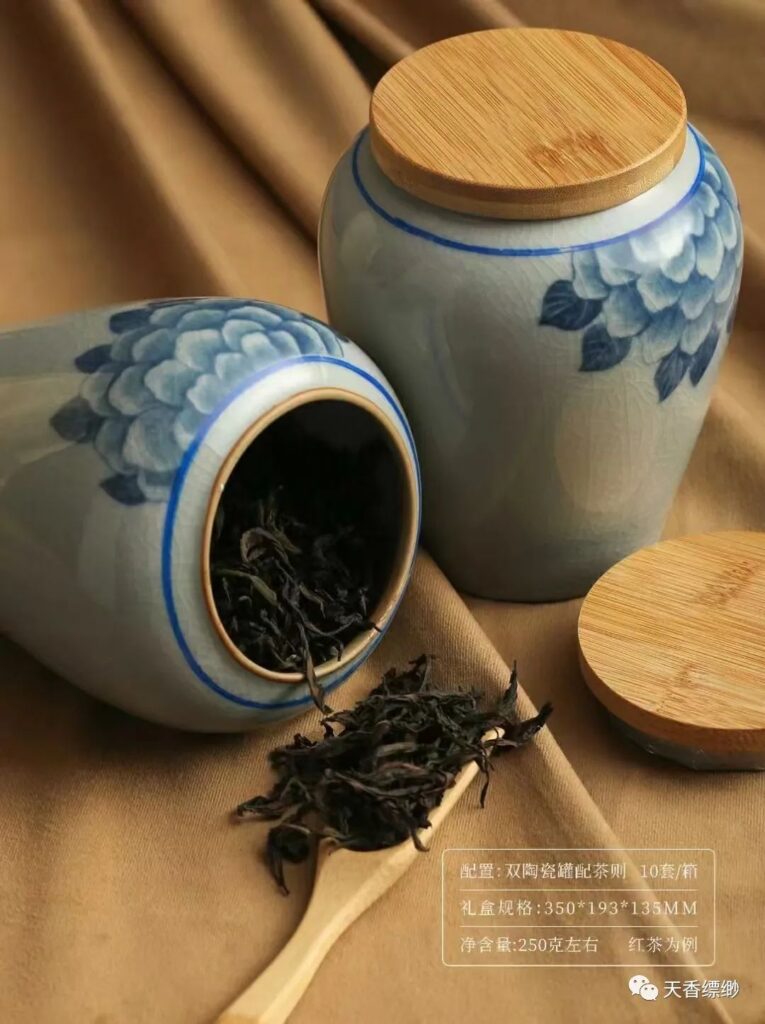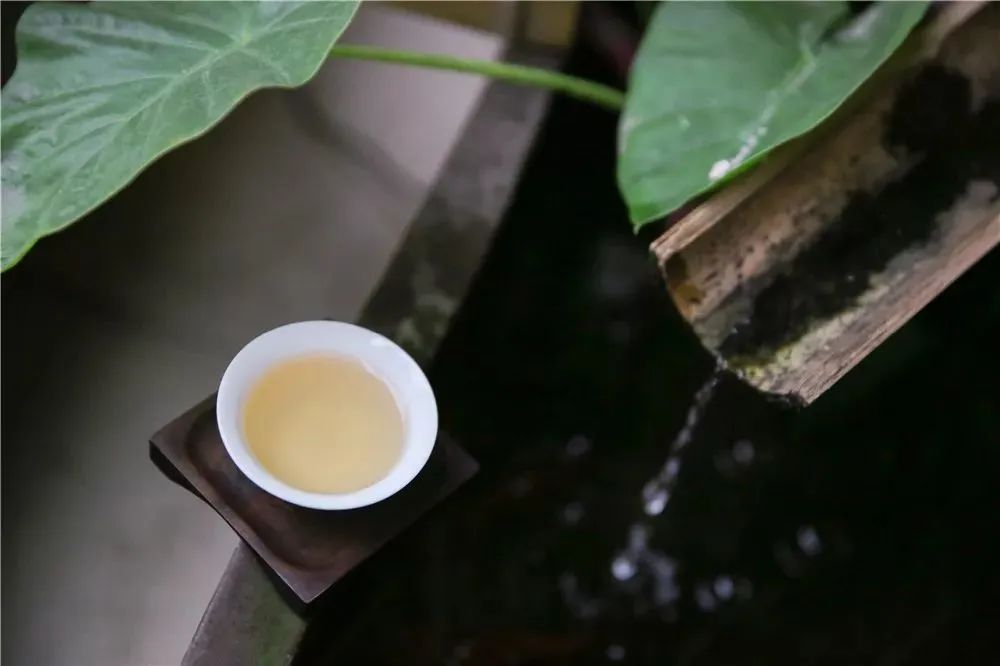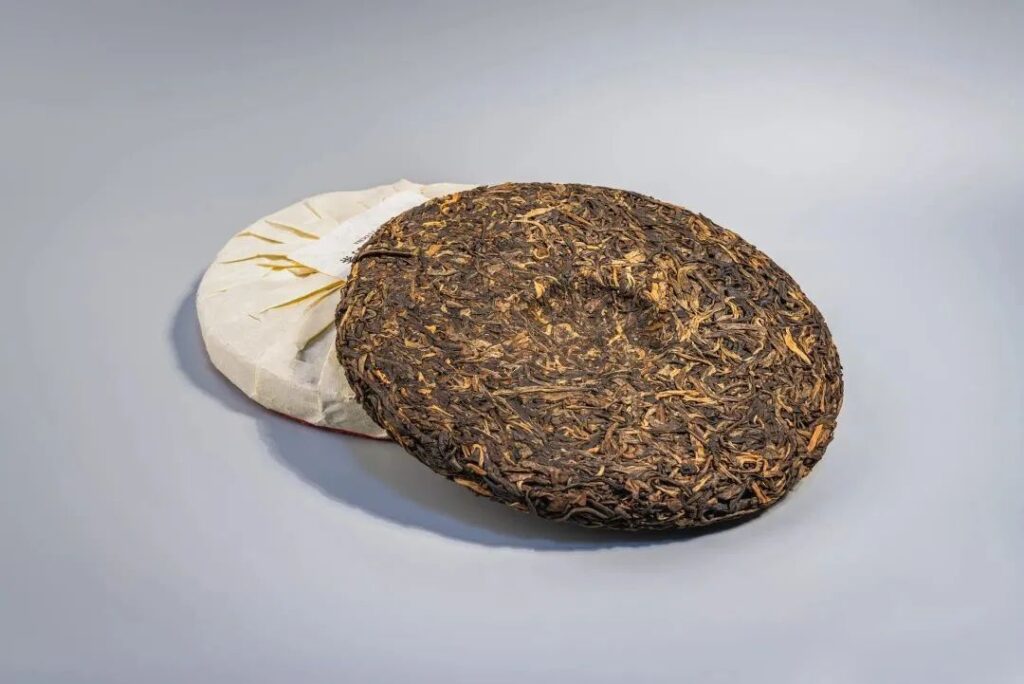When tea enthusiasts encounter a fine tea, they often purchase some to store at home, enjoying a cup in their leisure time or brewing a pot when friends visit… Thus, storing tea becomes an endeavor that requires careful attention. If not stored properly, and the taste is completely different when brewed again, it would be a great pity. Below, we will detail how to properly store tea at home. Understanding the main factors that lead to tea deterioration: light, temperature, moisture, and oxygen.
Light exposure can accelerate various chemical reactions, adversely affecting tea storage, so tea should be stored away from light.
Specific methods: First, line the can with a food-grade plastic bag to maintain cleanliness inside the can. Each can may contain 1-2 small packets of silica gel to keep the interior dry. After filling, seal tightly and store in a cool, dark place.
Tan storage method: The container used for tan storage must be dry, odorless, and tightly structured. Common containers include ceramic pots and stainless steel barrels. It is important to note that tea is generally not suitable for mixed storage, as different tea aromas are distinct. If stored together, they may lose their original characteristics due to mutual contamination. Applicable tea types: Yellow tea benefits from storage in a ceramic pot, which helps maintain dryness. Specific methods: Wrap the tea in kraft paper or other thicker paper. Place the tea into the pot, with lime packets in the middle, the size of which depends on the situation. Use cotton or thick paper to pad the mouth of the pot to reduce air circulation. Generally, after more than a month, check and replace the lime if its color has darkened. Bottle storage method: The lining of a thermos bottle has excellent light protection, insulation, and air isolation properties. It is important to choose a thermos with good insulation. Applicable tea types: Oolong tea is also a good choice for storage in a thermos bottle, and it is important to tighten the lid and seal the bottle mouth with white wax. Specific methods: Fill the dry tea into the bottle, making sure to fill it sufficiently without leaving space inside the bottle. Tighten the bottle mouth with a stopper, and if sealed with wax and wrapped with adhesive tape, the effect will be better. This mainly prevents air from entering the bottle. Bag storage method: Bag storage is the most commonly used method and one of the simplest and most economical ways to store tea at home. It is important to note that the plastic bag must be a food packaging bag, preferably a high-density, high-strength one. Pu-erh tea and white tea are not suitable for plastic bag sealing. Applicable tea types: Black tea and green tea can be packaged in plastic bags. Specific methods: Wrap the tea in soft paper or kraft paper, then put it into a plastic bag and tie it with a string. Refrigeration method: Since tea is prone to accelerate oxidation or spoilage at higher temperatures, it is suitable to store tea in a cool place, which can slow down its automatic oxidation rate. Applicable tea types: Green tea is most suitable for storage in the refrigerator. Black tea, oolong tea, and pu-erh tea do not need to be stored in the refrigerator. This is because black tea and oolong tea have low levels of polyphenols, which slow down spoilage, making them easy to store. Pu-erh tea contains beneficial bacteria, and enzymes need to function in a ventilated, cool, and dry environment. White tea is resistant to storage, and its storage more is environmentally friendly. It does not require low-temperature preservation; it only needs to be kept at room temperature and protected from odors.To preserve the freshness and value of tea, follow these specific methods:
– Use small packaging to store tea in iron or tin containers, ensuring they are sealed properly. Then, place the containers in a plastic bag to protect against moisture and store them in the refrigerator.
– For short-term storage or regular consumption, keep the tea in the refrigerator at a temperature around 5°C.
– If the tea is unopened and needs to be stored for more than a year, it should be placed in the freezer.
– To maximize the collection value of fine teas at home, they must be stored under the right conditions. Try the above methods to ensure your tea remains in prime condition.



